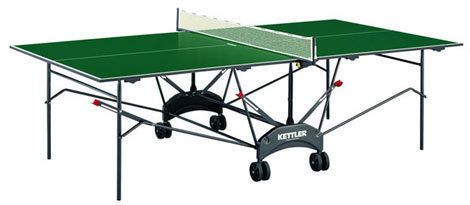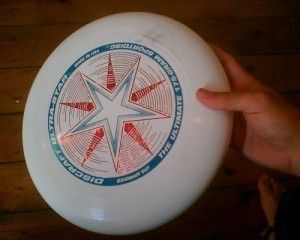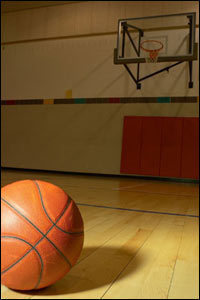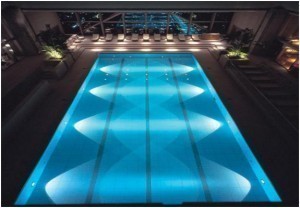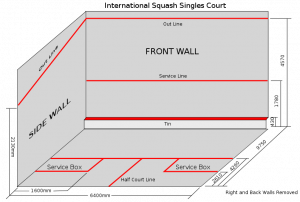Height of a Diving Tower
A diving tower is otherwise known as a diving platform. 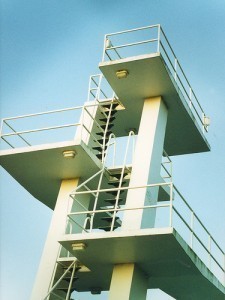 It is made up of a rigid vertical tower that has at least one, and at times more than one, horizontal platforms. These platforms extend over a pool that has water which deep enough for a dive given the height of the platform. And just like what you see on TV, a diver will stand on one of the stationary horizontal platforms and make a dive.
It is made up of a rigid vertical tower that has at least one, and at times more than one, horizontal platforms. These platforms extend over a pool that has water which deep enough for a dive given the height of the platform. And just like what you see on TV, a diver will stand on one of the stationary horizontal platforms and make a dive.
Standard Height of a Diving Tower
Seeing the acrobatics displayed by divers is indeed fascinating. Those beautiful arrays of motions upon high elevations before hitting the water are nothing short of a work of art. Interestingly enough, people wonder about the standard height of diving towers. Looking at them from a distance will leave one wondering just how much of a height must an athlete be able to handle. Rest assured the height of these diving platforms is enough to make one’s heart race if you are not used to it.
Here are the different standard heights of various diving towers you see in competitions. First you have the ten-meter tower, which can be translated to about 33 feet. Next standard height is a 7.5-meter platform that is roughly equivalent to 24.7 feet high. Finally you will surely find five-meter platforms or those that rise to about 16.5 feet.
Standard Height and Dive Scoring
The various heights of diving towers do have an effect on the game. They will have an effect on how dives are scored during a competition. However, do take note that judges will ultimately use subjective means to score different dives. Other than a judge’s subjective take on a dive the elements of a dive such as approach, flight, and entry will play their role on the scorecards.
There are several primary factors that will affect a diver’s score during a competition. First and foremost will be which standard height of a diving tower one chooses to dive on. Another factor is the quality of the hold along with its length of time, which variably includes whether a dive requires a handstand or not. Another factor that the judges would pay attention to is the diver’s height when he is at the dive’s apex.
Another significant factor is the diver’s distance relative to the diving apparatus. Another thing a diver has to mind is his body position relative to the desired dive to be performed. The correct amount of revolution and rotation is also a key to success in scoring dives. Take note that the number of rotations and revolutions one can make is affected by the standard height of the platform that one chooses.

